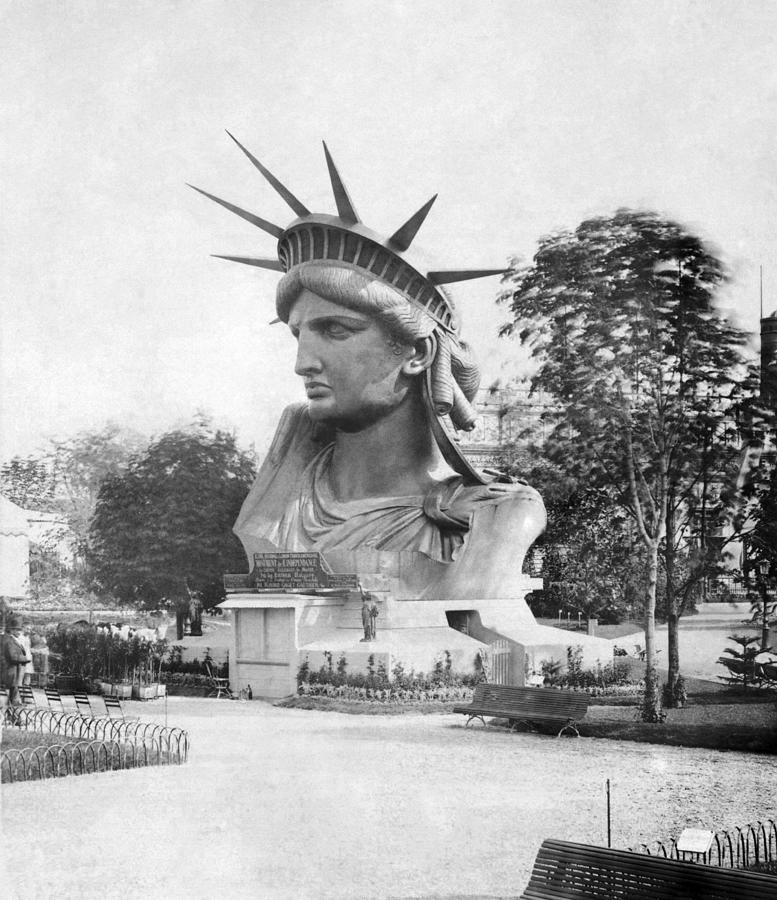

The Louvre website made an interesting reference to Michelangelo’s fear of what will come after his patron, Julius II’s, death. Suppression of artistic freedom, suppression of sexuality, or of many things to come. There is very little symbolism in these unfinished works to lead us to Michelangelo’s intentions but it can be agreed that they are an expression of suppression in some form. The Rebellious Slave is standing straight up at peace with death. It is easy to tell them apart as the Dying Slave is shackled with arms behind his back. One is the Rebellious Slave and the other is the Dying Slave. They are extremely expressive statues depicting two slaves. The unfinished remains are scattered all over Europe and The Slaves by Michelangelo are exactly that. The centerpiece is and a dozen other parts were completed and live a quiet life in Saint Peter in Chains Church of Rome. He put tremendous effort into the tomb but the project was overly ambitious for Julius II’s age and finances. Michelangelo was commissioned by Pope Julius II to build his ambitious tomb but was not completely finished. Michelangelo | Unfinished Sculpture | Gallerie Michel-Ange, Room 403 It is featured on the very cover of Oxford’s book, “Classical Art, From Greece to Rome.” Need I say more? Regardless of who it is, the statue is considered one of the greatest on Earth from Roman or Greek Antiquity. While possible, it is dismissed by many due to her supple curves and sexual nature. It is a popular conspiracy that she is Amphtrite who is a Greek sea goddess made into a goddess on the Island of Melos (Milo). However, the Greeks worshipped Aphrodite which means the statue was named incorrectly after the Roman goddess although found in Greece. Venus, goddess of love, fertility, and of course sex is portrayed half naked which is why it is most likely here. Peter carries keys (who doesn’t?), and Diana a bow. Without historical records, it is normally easy to identify statues based on their symbolism. Our main challenge in understanding who she is lies in her arms which were never found. The statue could be one of many goddesses including Venus. Venus de Milo is possibly the most famous and sought-after statues in the Louvre, which translates to Venus of (the island of) Melos (in Greece). He’s believable-which is incredibly difficult to achieve with a block of marble.Īrtist Unknown | Island of Melos Greece | Marble | Sully Wing, Room 346 His shoulders and muscles look as if they could be soft and his face looks as if he could be sad. What makes it so great? His physical anatomy looks real enough for you to believe it and move on with his story. The sculpture of Marcellus is proof that the Romans had dozens of artists to the likes of Michelangelo. It took centuries to get it back until it was lost again in the 19th century with the industrial revolution. Artists looked toward the sculptors of ancient Rome to see how they captured the human form in stone and with paint. Things started to pick up with Giotto di Bordone in the 13th & 14th centuries. From the records we have, art slowly tapered off as less important before vanishing as we know it in the 6th century A.D. and then again in Rome from the last century B.C. The art world peaked in Greece around the 5th to 3rd centuries B.C.

If, as a society, we stopped making wine for a hundred years, would we be able to pick back up where we left off or start over from scratch? One could say that where we are now is the product of thousands of years of wine making.

| Dept of Greek, Etruscan, and Roman Antiquities Spartacus is an iconic figure well-represented by Foyatier and the correlation with the July Revolution makes him even more interesting.

The population, on the other hand, definitely felt like an escaped slave when they stormed the Bastille and overthrew the government. He obviously felt some connection to the rebel. There is no way Charles X would commission an escaped slave if he thought he was enslaving the population. Soon after the commission, Charles X is overthrown in the July Revolution in France and this very statue is used as the emblem of that very fight.
#Heads on display in paris free
In Foyatier’s version, Spartacus has literally broken free of his chains, notice his wrists, and is now fighting back. If he did, he probably would not have commissioned Spartacus! Charles X is known in history as a tyrant but he definitely did not realize that while in power. Denis Foyatier | Salon of 1827 | Carrara marble | Cour Puget, Room 105ĭenis Foyatier was a strong sculptor in the early 19th century which is why Charles X chose him as his primary artist.


 0 kommentar(er)
0 kommentar(er)
